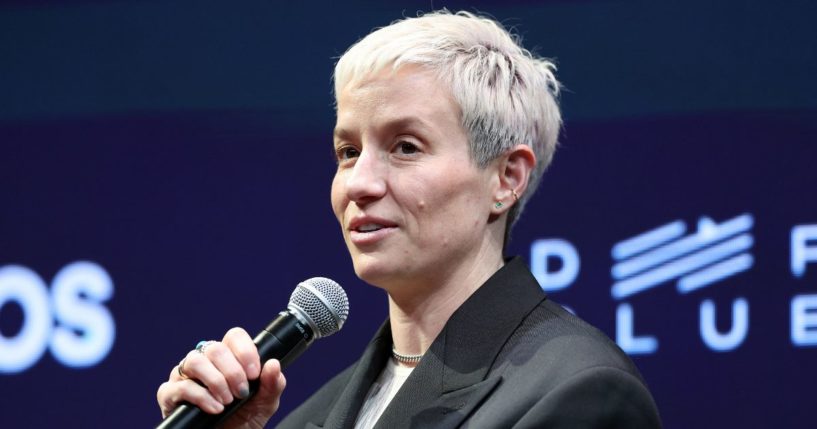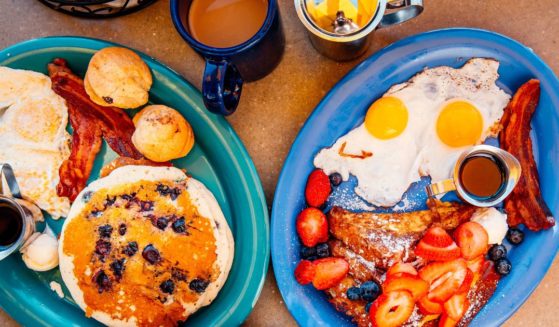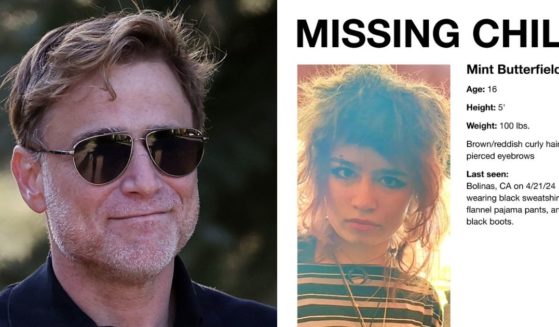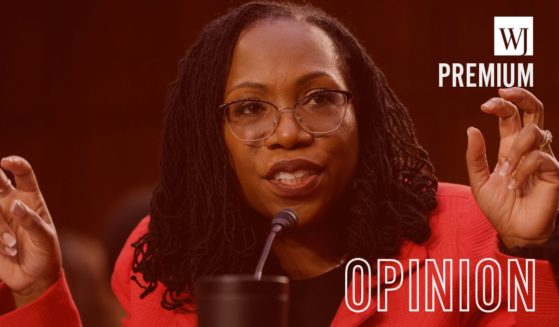Get the latest news delivered right to your email.
2024 Election
Top Stories
Advertisement
Another Grocery Staple Surging to Record High - The Days of Cheap Breakfasts Are Gone
Joe Biden has caused the price of all our daily needs to skyrocket. And here is just another example of how he has burdened America.
By Warner Todd Huston
April 26, 2024
Comment
MoreShare
Billionaire's Teen Daughter Missing: Frightening Theory Put Forward by Police
While not believed abducted, the missing 16-year-old's background presents other fears, especially regarding where she may have gone.
By Mike Landry
April 26, 2024
Comment
MoreShare
USC Senior Devastated to Learn Graduation Is Canceled - Cowardly School Administrators Failed Her Twice in 4 Years
A USC senior felt the sting of injustice when she learned that cowards and ideologues again would deprive her class of a graduation ceremony.
By Michael Schwarz
April 26, 2024
Comment
MoreShare
Disgusting: Teacher Goes Viral for Violent Response to Student Allegedly Using Racial Slur
The teacher had been with the district since last November but as of Friday had been banned from ever working in a Las Vegas school again.
By Johnathan Jones
April 26, 2024
Comment
MoreShare
Heroic 8th-Grade Student Snaps Into Action When Bus Driver Passes Out Behind the Wheel
While the student was modest about his potentially life-saving actions, people who live in his community are calling him a hero.
By Johnathan Jones
April 26, 2024
Comment
MoreShare
Democrats Run Focus Groups to Figure Out Why People Don't Like Kamala Harris and End Up Learning the Brutal Truth
"The bad news: Several people said Harris rubs them the wrong way, in all the ways that are familiar from criticism of her," CNN said.
By Connor Cavanaugh
April 26, 2024
Comment
MoreShare
Mitch McConnell Takes Public Shot at Tucker Carlson, Accuses Him of Turning Republicans Against Ukraine Aid
McConnell accused Carlson of turning Americans against Ukraine as the Senate prepares to vote on the most recent aid package.
By Anthony Altomari
April 26, 2024
Comment
MoreShare
Adam Schiff Forced to Give Important Speech Without a Suit After California Thieves Steal His Clothes
Instead of attending a fundraiser in his usual suit and tie, Schiff wore a long-sleeve shirt and a hiking vest after his luggage was stolen.
By Johnathan Jones
April 26, 2024
Comment
MoreShare
Advertisement
Supreme Court Set to Decide Case That Could Criminalize Homeless Encampments
The U.S. Supreme Court heard oral arguments Monday regarding a case that could have major implications regarding homelessness in America.
Comment
MoreShare
Biden, Feds Possess Secret AI Tool to Censor and Indoctrinate 'At Scale' Ahead of Election - What You Need to Know
The House Judiciary Committee says there's an AI censorship program designed to skew the narrative toward the left before the 2024 election.
Comment
MoreShare
'Woman': The Left's Absurd Quest to Redefine the Term
The question “What is a woman?” is perfectly leveraged to produce absurdity because to pose this question is absurd.
Comment
MoreShare
Advertisement



































